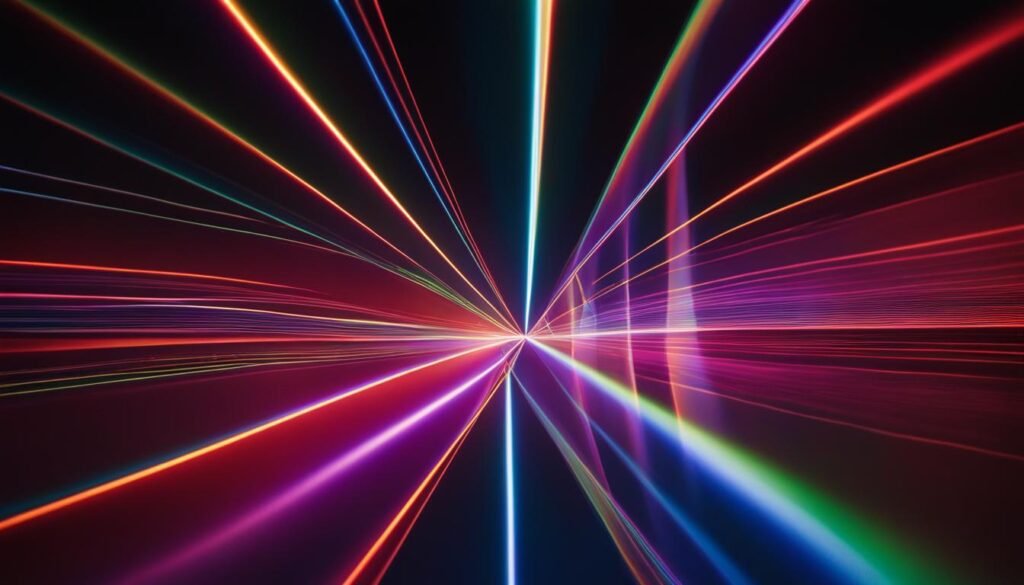Visible Lasers
Source: Phys.org Green Lasers: A Comprehensive Overview Green Lasers: A Comprehensive Overview Introduction Green lasers are an essential tool in various fields, including quantum technology, medical applications, and industrial processes. They are used for applications such as retinal photocoagulation, laser cutting, and machine vision. This article provides an overview of different types of green lasers […]









